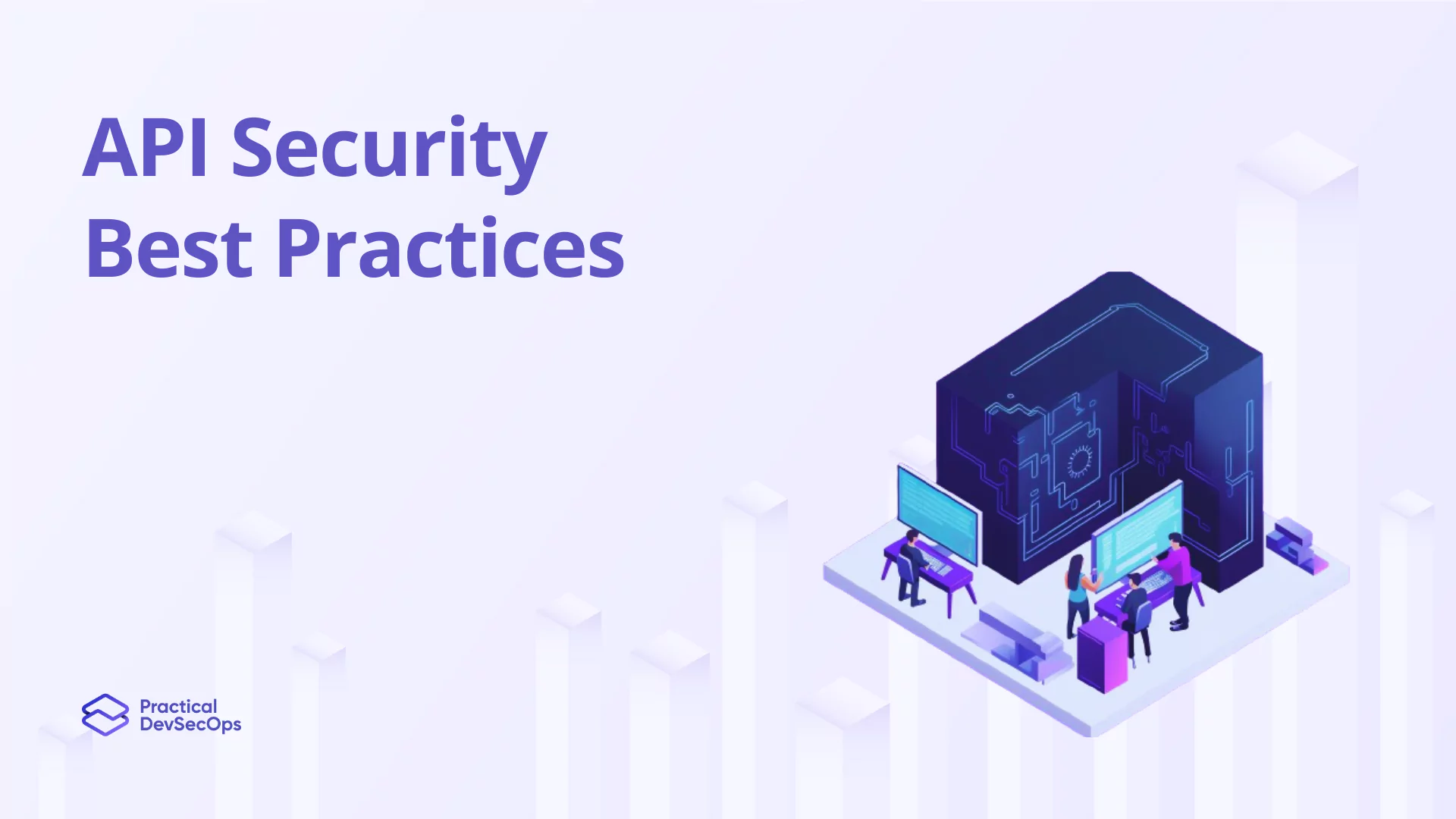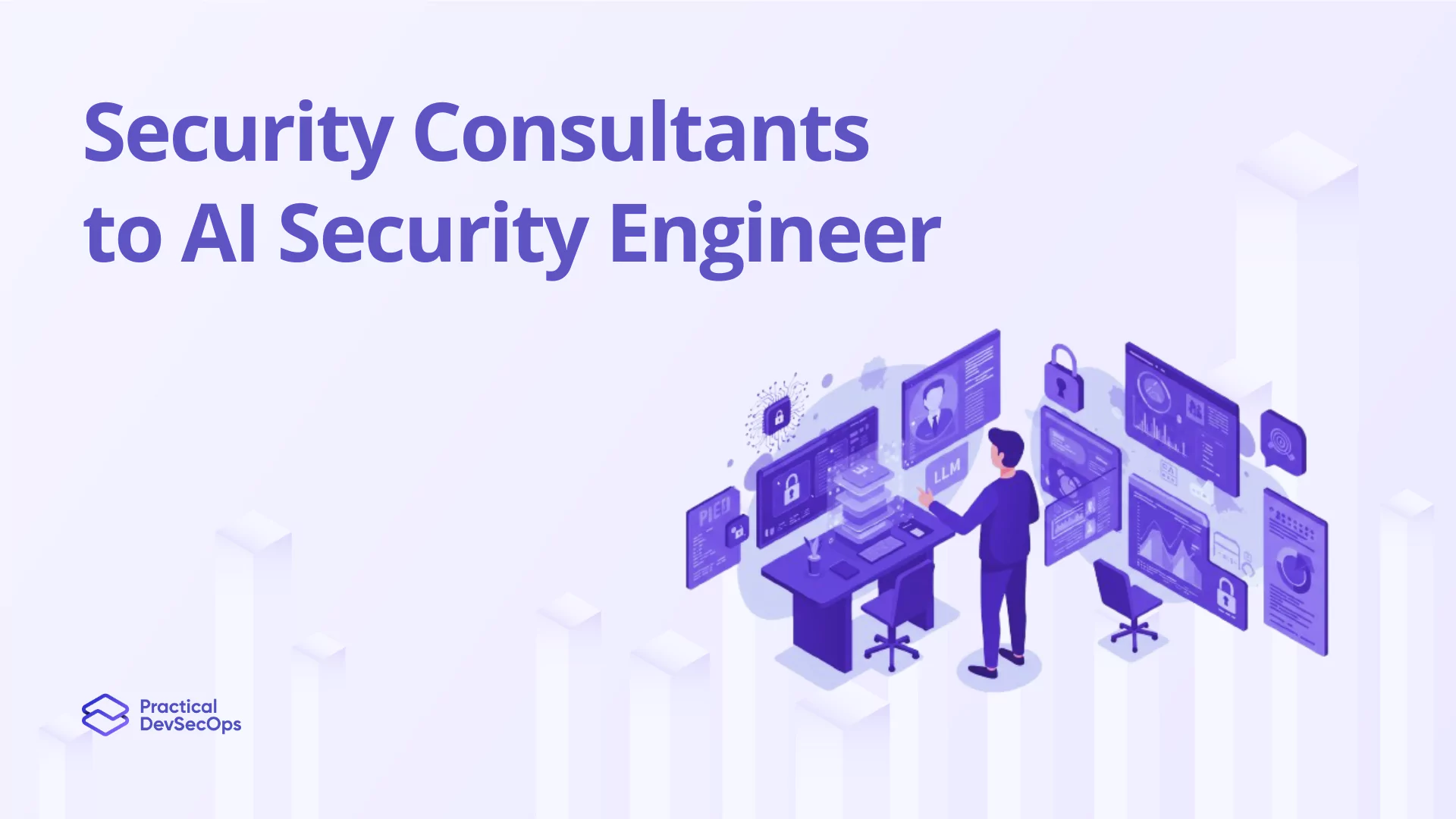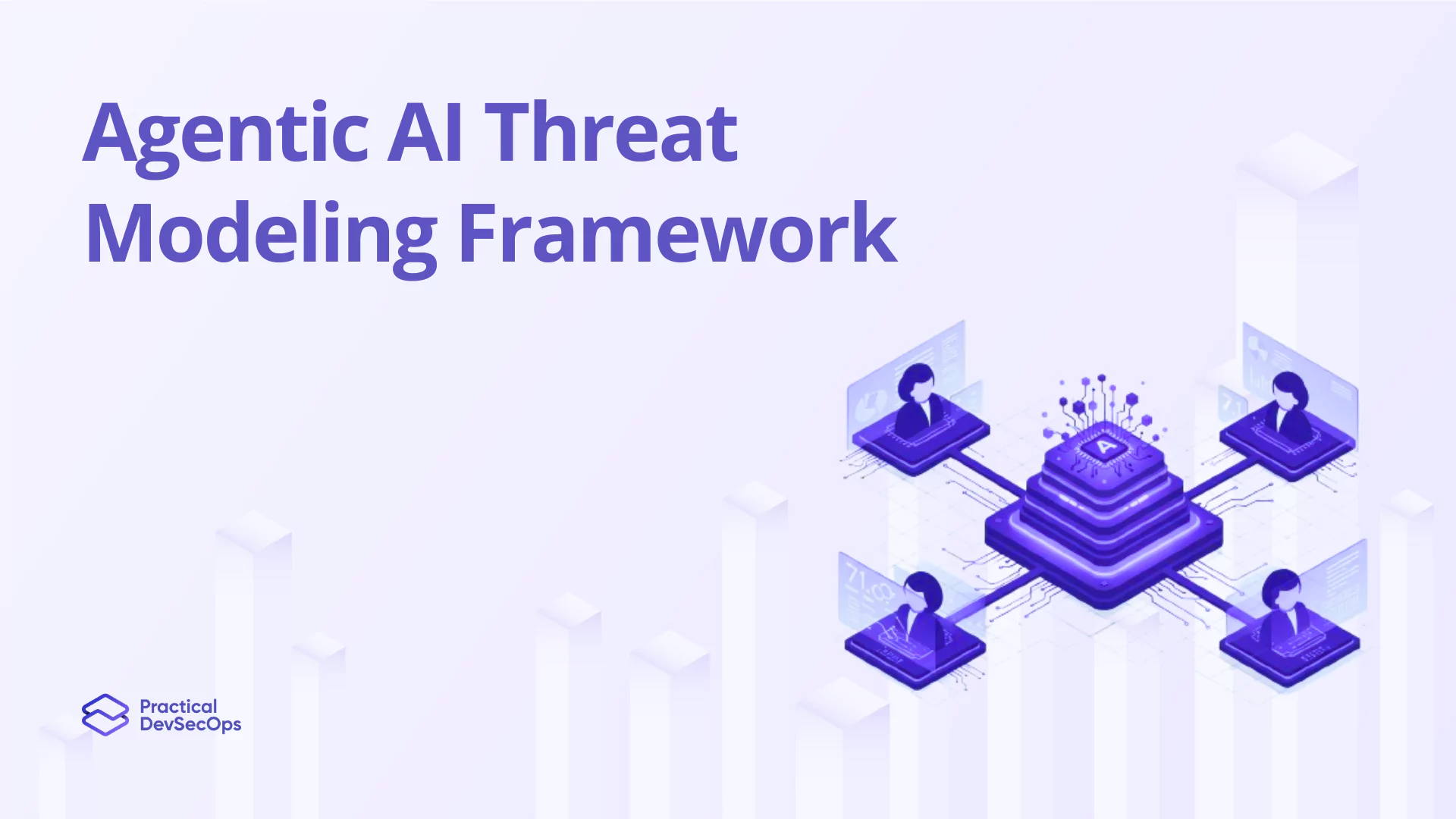API security stands as the imperative element in the DevSecOps process and is critical for product security professionals, giving the much-needed protection for data and functionality exposed by interfaces. As applications lean more towards the use of APIs for communications, the security of those APIs really needs to be considered.
This blog shall elaborate on some of the best practices in API security and detail the tangible benefits of hosting an API security certification. To further implement and understand those practices, a lot of help is done toward improving your application security posture and building your career in IT security.
Understanding API Security
API security refers to the practice of securing data flowing through an application programming interface (API). Modern application production uses APIs to interact with other software applications, making them a necessity but also a very soft attack vector.
Common threats include unauthorized data access, breaches of sensitive data, and denial of service attacks. Thus, a suite of effective API security measures is an essential way to avoid such vulnerabilities and ensures that APIs are safe vessels for data transfer, thus facilitating strong application functionality without compromising security.
Also Read about API Security Trends in 2025
Key Principles of API Security
Effective API security greatly relies on a few basic principles. First, least privilege access ensures that every part communicates with the API in only the scope that is necessary for its function, thus reducing damage from possible breaches.
Second, data encryption ensures safe conveyance and rest of the data and guards it from possible interception.
Third, regular auditing and monitoring identify and repair the vulnerabilities in time. Adherence to these principles greatly diminishes the risk of common security issues like data leaks, unauthorized access, and service disruptions, hence fortifying the overall security posture of applications.
Also Read about How to Ensure API Security While Maintaining Developer Productivity?
Best Practices for API Security
Securing APIs means building roadblocks so that those not authorized cannot step near to breach your data. Some of the best practices in securing APIs are:
- Robust Authentication and Authorization: Utilize some best practices by means of standards such as OAuth for access control and API keys for uncomplicated but effective transactions.
- Extensive Testing of APIs: APIs should be tested regularly to validate the security measures and vulnerabilities, and patched at the earliest.
- Continuous Monitoring: Monitor API usage continuously and respond to any suspicious activity in real time.
- Rate Limiting: Rate limitations need to be imposed in order to reduce abuse and risks concerning denial-of-service attacks.
- Secure Coding Practices: The APIs are to be developed bearing in mind the factor of security, and one can follow the procedures proposed through the implementation of secure coding guidelines in preventing the common vulnerabilities.
- Use API Gateway: Implements an API gateway to manage, monitor, and secure API traffic in order to provide another layer of security to the APIs.
- Regular Updates and Patch Management: Software should be regularly updated with the latest available patches and updates, since this is one way of reducing the attack surface of software and hence the attack vectors.
How to secure APIs in 2025?
To secure APIs in 2025, organizations must adopt a multi-layered approach that addresses evolving threats and regulatory demands. Key strategies include implementing strong authentication, encrypting data, enforcing the least privilege, and leveraging AI for threat detection.
Key points:
- Use strong authentication (OAuth 2.0/2.1, OpenID Connect, JWT).
- Encrypt data in transit (TLS 1.2+) and at rest (AES-256).
- Enforce the least privilege with RBAC/ABAC.
- Validate and sanitize all inputs.
- Monitor, log, and use AI-driven anomaly detection.
- Apply zero-trust principles for all API access.
Tools and Technologies for API Security
Defenses and security management can be staged and streamlined by a variety of tools and technologies that should be considered in enhancing API security:
- API Gateways: An API Gateway provides an abstraction or protective layer in front of APIs, managing authentication, traffic control, and policy implementation. They offer a consolidated place for security management functions and help in abstracting security management.
- Security Scanners: These may include OWASP ZAP and Burp Suite to detect vulnerabilities in APIs by running automated scans and attack simulations.
- Web Application Firewalls (WAFs): A WAF can be used to block any malicious traffic that does not manage to be eliminated based on more specific rules and patterns.
- Static and Dynamic Application Security Testing (SAST/DAST): SAST deals with the source code, while DAST deals with the running applications.
In a typical DevSecOps workflow, these can easily be integrated into the continuous integration and deployment pipeline in order to assure security checks and defenses have automatically become part and parcel of every build and release cycle. Therefore, maintaining the security at every stage of the development process.
What are the latest API security threats surfaced in 2024 to 2025?
| Threat | Description | Example/Trend (2024-2025) |
| Shadow & Zombie APIs | Undocumented or outdated APIs create hidden attack surfaces. | 42% of orgs found shadow APIs only after incidents |
| AI-Driven Bot Attacks | Intelligent bots mimic humans for credential stuffing, scraping, and abuse. | Bot API traffic surged 372% in 2024 |
| Excessive Data Exposure | APIs exposing more data than needed, leaking sensitive info. | Breaches like Trello, Spoutible, PandaBuy. |
| AI API Exploits | Vulnerabilities in AI-integrated APIs exploited for unauthorized access or code execution. | Threefold increase in AI API vulnerabilities. |
| Supply Chain/Third-Party Risks | Attacks via vulnerable third-party or partner APIs. | Dell partner portal, GitHub secrets spill |
| Business Logic & JWT Exploits | Attacks exploiting flawed logic or JWT misconfigurations for privilege escalation or bypass. | 27% of attacks target business logic; JWT misuse incidents. |
| Account Takeover (ATO) | APIs targeted for credential theft and unauthorized access. | 46% of ATO attacks focus on APIs. |
Industry standards such as GDPR, CCPA, and PCI-DSS require strict data protection, access controls, and audit trails for APIs, making regulatory adherence essential to avoid fines and reputational damage.
Practical steps for API security compliance:
- Use API gateways for centralized security, traffic management, authentication, and compliance enforcement.
- Implement role-based access control (RBAC) or attribute-based access control (ABAC) to restrict data access by user roles.
- Encrypt data in transit (TLS/HTTPS) and at rest, meeting PCI-DSS and GDPR requirements.
- Conduct regular security audits, vulnerability assessments, and penetration testing to identify and address risks.
- Maintain detailed logging and monitoring for traceability and compliance audits.
- Automate compliance checks in CI/CD pipelines for continuous protection.
Real-world example:
APISecurityEngine enables organizations to comply with GDPR and CCPA by enforcing advanced access controls, end-to-end encryption, real-time monitoring, and automated compliance reporting. This platform helped clients in the finance and healthcare sectors pass regulatory audits and avoid data breaches by proactively addressing vulnerabilities and maintaining detailed audit trails.
Also Read about Best API Security Books in 2025
Benefits of Enrolling in API Security Certification
The benefits of API security certification to IT professionals include:
- Skill Validation: Certification is one of the well-regarded benchmarks that help in proving oneself in API security, defining one as capable of protecting applications effectively.
- Career Development: Professionals who have been certified find many more job opportunities and higher roles within the organization, as their skills have been certified for dealing with challenging security issues.
- Credibility: A specialized certification does nothing less than enhance credibility before peers and management, establishing a knowledgeable expert in the field.
- Learning: These certification courses will keep you motivated toward continuous learning and updating the mind with the latest security practices required to survive the changing tech landscape.
An API certification course boosts not only professional skill sets but also opens the way to advanced career opportunities in the security and development domain.
What are the top tools recommended for comprehensive API security testing and monitoring?
For robust API security testing and monitoring, consider these recommended tools:
- Postman: Widely used for API testing, it supports automated security tests, custom scripts, authentication/authorization checks, parameter tampering, and integrates with other security tools. Postman now also leverages AI for generating security tests and more profound vulnerability analysis.
- OWASP ZAP: Integrates with Postman for automated security scanning and detecting common vulnerabilities.
- API Security Tester (Postman Collection): Enables automated vulnerability testing directly within Postman.
- Veracode: Supports Postman Collections for comprehensive API security testing in CI/CD workflows.
- AI-based tools: Postman’s Postbot uses generative AI to create security test cases, increasing speed and accuracy.
- Built-in Monitoring: Postman provides real-time monitoring and logging to track API health and detect anomalies.
How does API security integrates into DevOps pipelines and the importance of security as code?
- API security is integrated into DevOps pipelines by embedding automated security checks, vulnerability scanning, and secure coding practices throughout the CI/CD workflow.
- This approach, known as DevSecOps, ensures vulnerabilities are identified and remediated early, rather than after deployment.
- The concept of “security as code” involves codifying security policies, tests, and infrastructure configurations, enabling consistent, automated, and version-controlled security enforcement.
Key integration practices:
Automated security testing: Integrate tools like OWASP ZAP, Burp Suite, and AppCheck into CI/CD pipelines for continuous vulnerability scanning.
Static and dynamic code analysis: Run secure code analysis and DAST tools on every commit and build to catch flaws before production.
Threat modeling and risk assessment: Automate threat modeling to proactively identify and mitigate API risks during development.
Zero-trust and access controls: Enforce authentication and authorization for every API call, using API gateways and token-based security.
Continuous monitoring: Implement real-time monitoring and anomaly detection to identify suspicious API activity post-deployment.
Security as code: Use infrastructure as code (IaC) templates and version-controlled security policies to ensure repeatable, auditable, and consistent security across environments.
Also Read about our New API Security Professional Course
Preparing for an API Security Certification
Successfully preparing for a certification in secure API means that you should be employing a strategic approach.
- Comprehensive Study Material: Make use of all the official study guides and available resources from the certification authority. Supplement these with reliable third-party books and online tutorials.
- Practical Experience: Hands-on practice is very much important. Set up test environments to experiment with the configurations of API security and tools.
- Online Courses and Workshops: Engage in online courses and workshops that drive focus on API security to increase your understanding and skills.
- Mock Exams: At the moment, take practice exams for the purpose of getting well-prepared for the exam format and to know the areas that you need to pay more focus on.
Conclusion
With this, API security does not require much. This is a mandatory skill to possess by any DevSecOps and security professional. API security best practices help professionals secure their applications against these many threats that jeopardize the integrity and privacy of data every day. More than this, however, API security certification is another strong testament to one’s competency, expanding one’s career opportunities and enhancing one’s professional credibility.
Looking to Enhance Your API Security Skills?
Discover our top-notch Certified API Security Professional (CASP) course at Practical DevSecOps. Gain hands-on experience through interactive browser-based labs, receive round-the-clock instructor support, and access premium learning materials for advancing your API security expertise.
Begin your API security mastery journey now with Practical DevSecOps!
FAQs
How to properly secure an API?
To secure an API, use strong authentication protocols (like OAuth 2.0), encrypt data in transit and at rest, regularly update and patch APIs, apply rate limiting, and monitor traffic for unusual activity. Always follow a security-first approach during development, automate security testing, and review access rights periodically to minimize vulnerabilities.
What is the difference between authentication and authorization in API?
Authentication verifies who a user or system is, answering “Who are you?” Authorization determines what actions that an authenticated user can perform, answering “What are you allowed to do?” Authentication always comes before authorization in API security.
What is the best security for REST API?
The best security for REST APIs combines OAuth tokens for robust authentication and granular authorization, encryption with HTTPS, rate limiting, and regular vulnerability testing. OAuth is preferred for its flexibility and control, especially when fine-grained permissions are needed.
What is the key difference between API Security and Application Security?
API security focuses on protecting APIs from threats like unauthorized access, data leaks, and abuse, while application security covers the broader protection of the entire application, including its user interface, business logic, and data storage. API security is a subset of overall application security.
Do APIs need a content security policy?
APIs themselves typically do not require a content security policy (CSP), as CSP mainly protects browsers from loading malicious scripts. However, if an API serves web content or is accessed by browsers, implementing a CSP can add an extra layer of protection against certain attacks.




